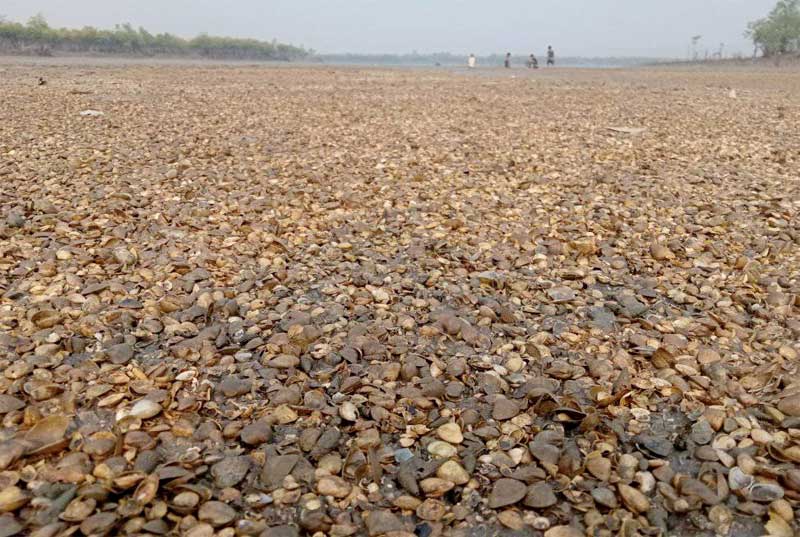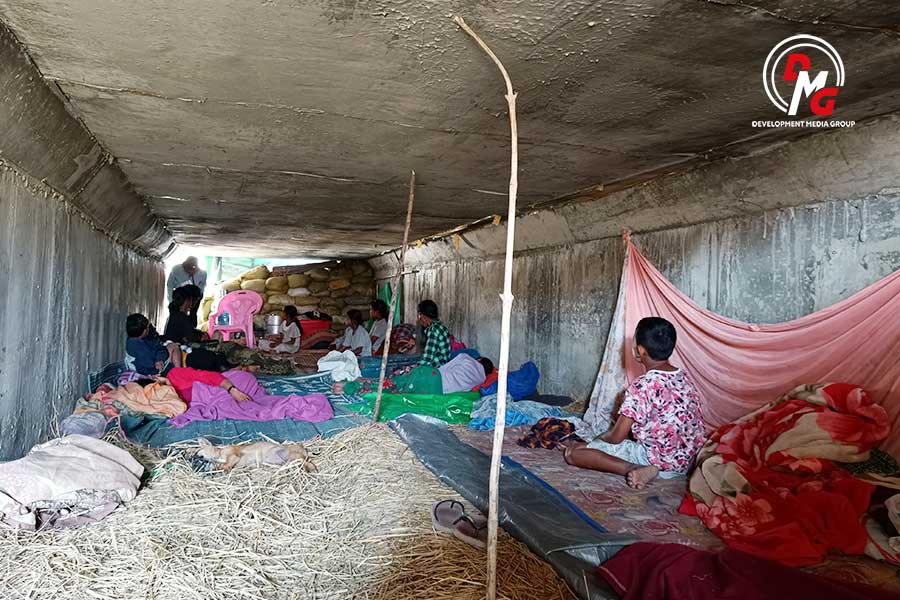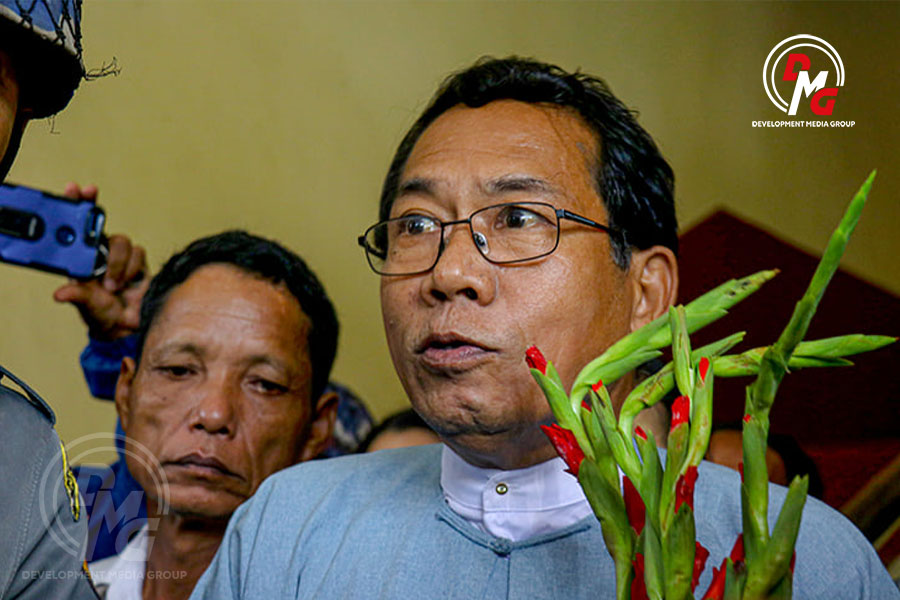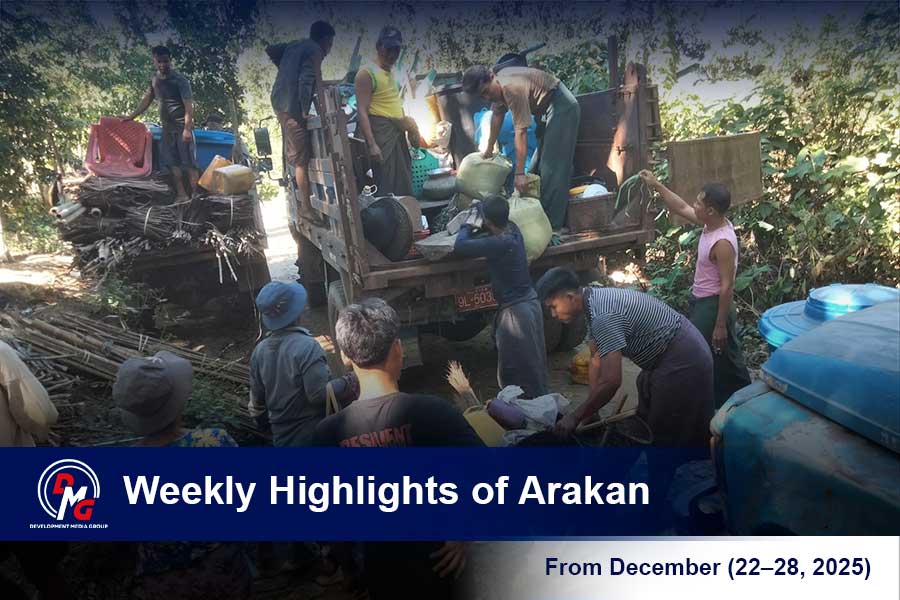- 2025 Review of Arakan State
- Manaung residents hit hard by junta blockade
- How the Arakan Army Can Engage the Yunus Government Amid Myanmar's Election Push, Border Pressures, and a Deepening Arakan Crisis
- Thandwe civilians sleep in bomb shelters amid junta air attacks
- Nearly 900 civilians killed or injured in Arakan State over one year: DMG tally
High temperatures blamed for large-scale clam deaths in Arakan State
“In response to reports on social media about the deaths of clams in Kyaukphyu, we have been measuring the water quality monthly. However, water pollution was not the cause.
09 May 2023

DMG Newsroom
9 May 2023, Ann
Extreme heat is being blamed for the mass death of clams in Arakan State’s Ann and Kyaukphyu townships, though it was previously believed that water pollution was the cause, according to the environmental conservation department.
“In response to reports on social media about the deaths of clams in Kyaukphyu, we have been measuring the water quality monthly. However, water pollution was not the cause. We assume that the clams died because of high temperatures,” said director U Oo Than Myint of the Arakan State environmental conservation department.
Large numbers of clams were found dead in the Thanzit River in Kyaukphyu and Kyar Ohe Creek in Ann Township. Local residents suspected that water pollution was the cause of the mass death.
Catches of fish, prawn and crab have steeply declined alongside the reports of clam deaths, said residents.
Environmental activist Ko Myo Lwin of Ann Township said: “We saw clams dying en masse before Thingyan [in mid-April], but we don’t see dead clams lately. We don’t know the exact cause of death. But I guess it is because of deforestation of mangrove forests, and clams suffer more from high temperatures.”
Millions of clams died in 2018 because of water pollution in the Thanzit River near Maday Island in Kyaukphyu Township, site of a China-backed deep-sea port and other major infrastructure projects.
The gradual depletion of marine resources in Arakan State is posing serious challenges to a large part of the population whose livelihoods are heavily dependent on water resources.

















